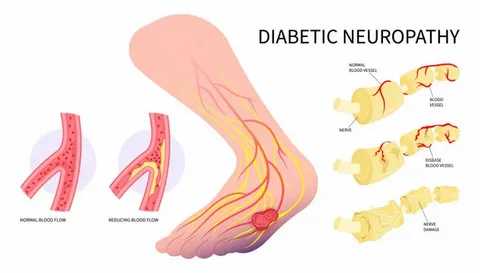Diabetic Foot Ulcer Treatment in St. Johns County — Causes, Diagnosis, Treatment & Prevention
Diabetes is a long-term condition affecting millions worldwide, and it can impact many aspects of health. One of the most concerning complications is diabetic foot ulcers (DFUs). These wounds can start small but, if left untreated, may lead to serious infections, amputation, or even life-threatening complications. If you live in St. Johns County and are managing diabetes, knowing how to recognize, treat, and prevent foot ulcers is crucial. This guide will walk you through everything you need to know, from early warning signs and diagnosis to home care, advanced treatments, and prevention strategies.
What Is a Diabetic Foot Ulcer?

Common locations include the soles of the feet, toes, and pressure points, especially near thickened nails or calluses. Visual signs include red or black tissue, pus, foul odor, or even deep wounds that expose bone in severe cases. Clinicians often use grading systems like the Wagner or University of Texas scale to assess severity.
A diabetic foot ulcer is a chronic wound that develops on the feet of people with diabetes. It usually occurs due to a combination of nerve damage (neuropathy), poor circulation (ischemia), or consistent pressure on specific areas. Unlike regular cuts or scrapes, diabetic foot ulcers can persist for weeks or months and are prone to infection.
